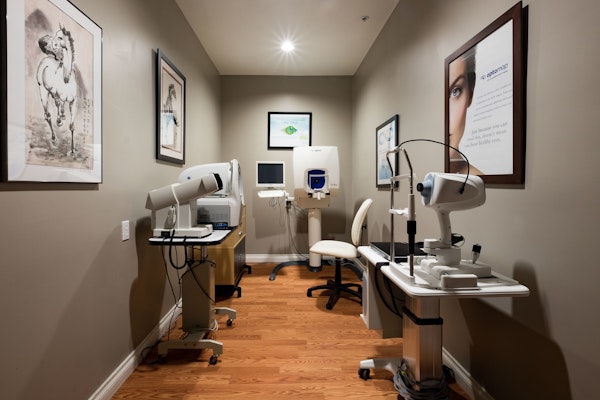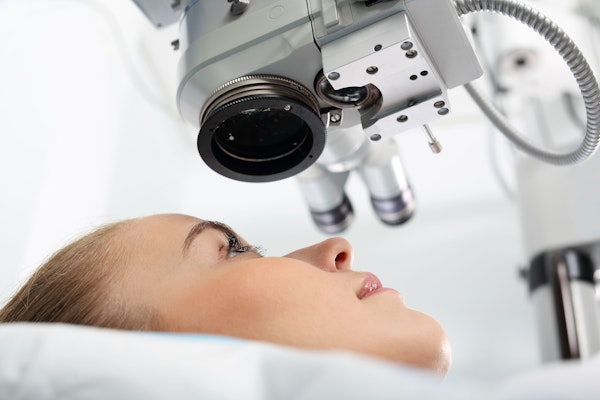Understanding Blepharitis and Your Options for Treatment
 The team at GW Eye Associates Inc has helped many patients in and around San Diego achieve great vision and have the healthiest eyes possible. This is because of the way we diagnose and treat various eye conditions, always with a focus on total wellness.
The team at GW Eye Associates Inc has helped many patients in and around San Diego achieve great vision and have the healthiest eyes possible. This is because of the way we diagnose and treat various eye conditions, always with a focus on total wellness.
One condition that many people experience yet do not always understand is blepharitis. Let's take a moment to consider the causes and symptoms of blepharitis, and then note ways that blepharitis can be treated and prevented.
About Blepharitis
Blepharitis is a type of inflammation that affects the eyelids, often associated with eye infections and other kinds of issues that affects the eyes.
There are two basic kinds of blepharitis:
-
Anterior Blepharitis – This inflammation affects the front and outside portion of the eyelid around the eyelashes.
-
Posterior Blepharitis – This inflammation is related to the glands located inside of the eyelids that secrete oils and help with keeping the eyes moist.
Keep in mind that it is possible to suffer from both anterior and posterior blepharitis simultaneously.
Causes of Blepharitis
Some of the most common causes of blepharitis are as follows:
- Bacterial infection
- Clogged oil glands in the eyelids
- Allergic reactions
- Seborrheic dermatitis (dandruff of the scalp/eyebrows)
- Eyelash mites
- Lice
- Rosacea
Signs and Symptoms of Blepharitis
The most common signs and symptoms of blepharitis include:
- Itchy eyelids
- Swollen eyelids
- Red eyelids
- Greasy eyelids
- Flakiness around the eyes
- Red eye
- Watery eyes
- Sticky eyelids
- Light sensitivity
- Irregular eyelash growth
- Loss of eyelashes
Treatment Options for Blepharitis
Generally, many cases of blepharitis clear up on their own so long as patients wash their eyes and practice good hygiene after the inflammation has occurred. Applying a warm compress to the affected eye can sooth irritation and help loosen any deposits around the eyes as well. Liquid tears can also help relieve dry eye and red eye associated with blepharitis.
During the early stages of blepharitis, it's generally a good idea to avoid wearing eye makeup and contact lenses to help prevent further inflammation or infection. This tends to help alleviate symptoms and helps the condition pass sooner rather than later.
If the inflammation does not go away after a few days, it's a good time to see your doctor.
Common professional treatments for blepharitis include:
- Antibiotic creams, ointments, eye drops
- Oral antibiotics
- Anti-inflammatory medication
- Medications that affect the immune system (e.g., cyclosporine)
If your blepharitis is related to rosacea or seborrheic dermatitis, your doctor will seek to treat those underlying conditions. Other treatments can be discussed in greater detail during a consultation.
Tips for Preventing Blepharitis
The best way to prevent blepharitis is to practice good hygiene at all times. Before bed, be sure that all of your face and eye makeup is removed. Never share towels or contact lens cases, and be wary of touching your eyes if your hands are dirty.
Contact GW Eye Associates Inc
To learn more about treating blepharitis and avoiding it as well, be sure to contact our team of eye care specialists today. The team at GW Eye Associates Inc will work with you to ensure great vision and healthy eyes as well.









